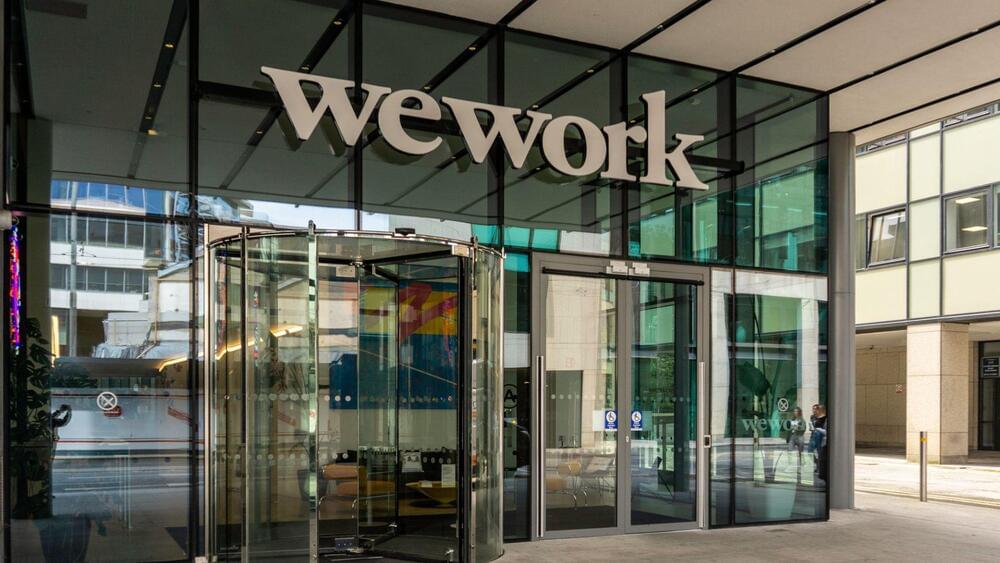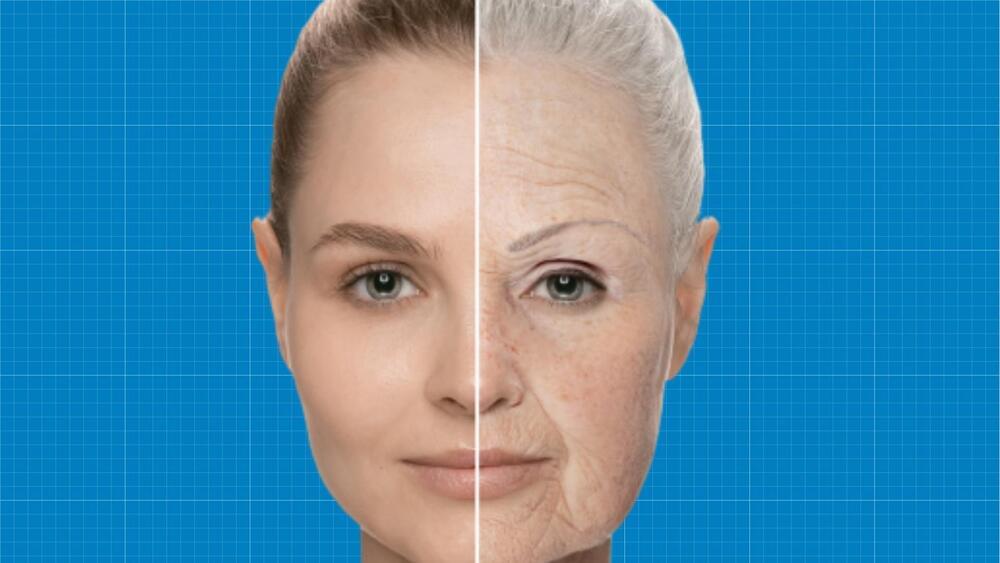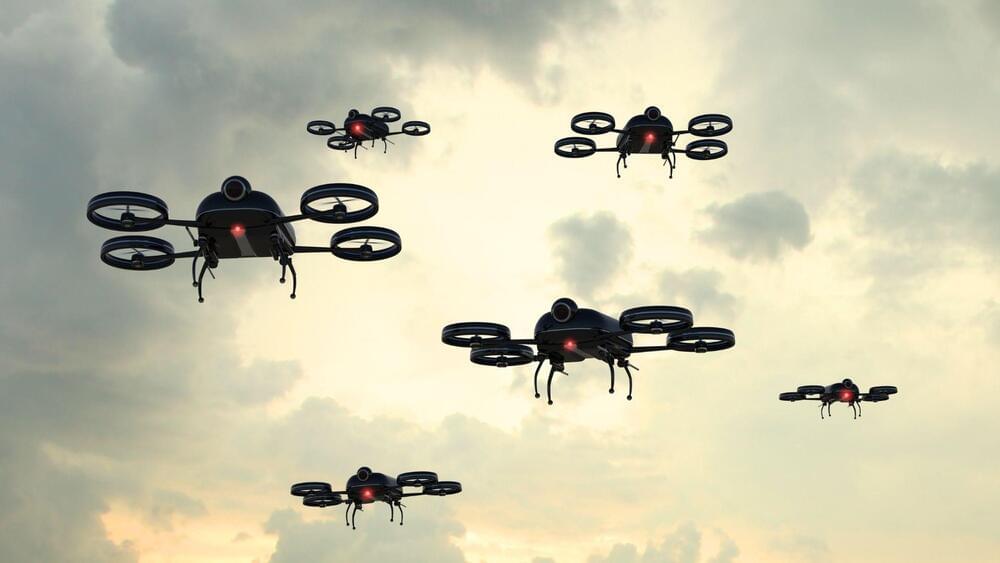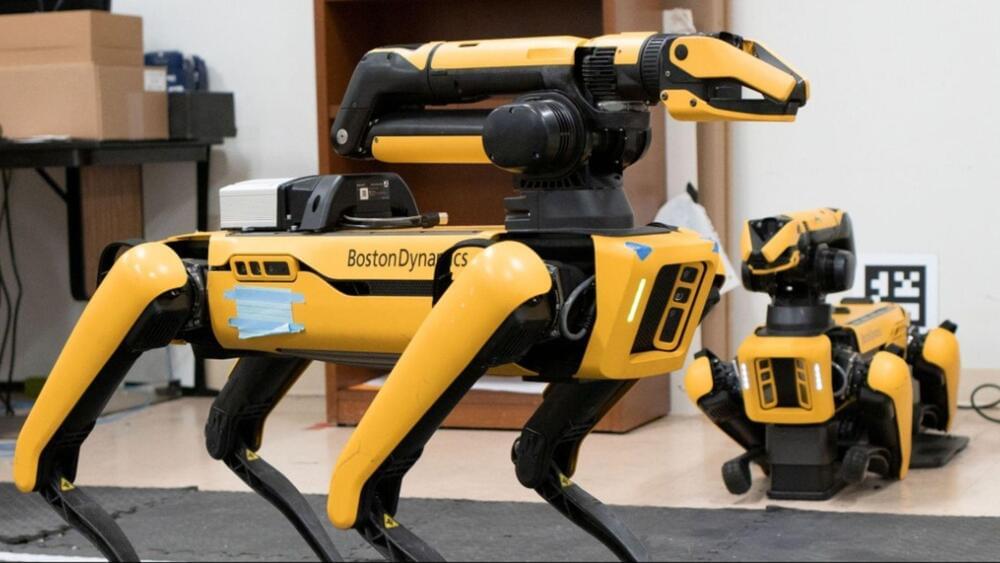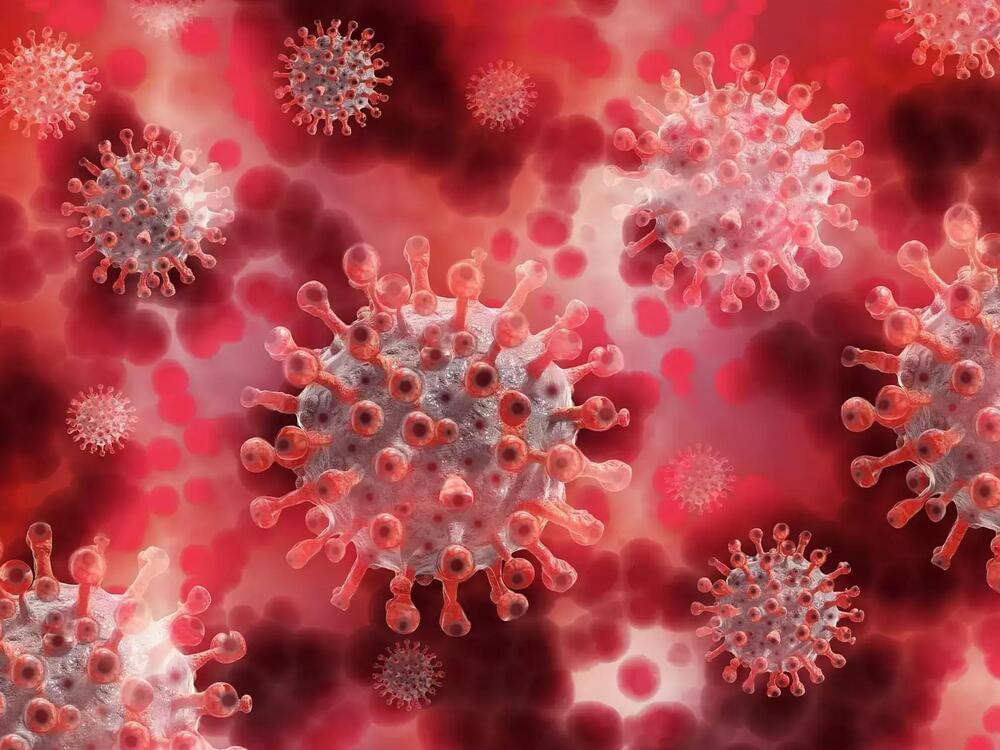A golden opportunity has been unveiled by AI maker OpenAI for those of you who want to turn your use of ChatGPT and GPT-4 into a money-making activity.
Yes, that’s right, serious dough could be had. In short, a new feature known as GPTs gives you a solid chance to go from simply being a hobbyist or fun-filled user of generative AI into someone who garners nice warm cash for your online labors. Plus, whether you want to do so on a heady full-time basis or just as a part-time side hustle is entirely up to you.
In today’s column, I will lay out what this new announcement by OpenAI foretells and indicate how you can leverage the big break that has arisen. It is then up to you to decide what to do next.
OpenAI has unveiled the advent of GPTs, which are custom ChatGPT applets that you can devise and then make money from their usage. Here’s what you need to know.


